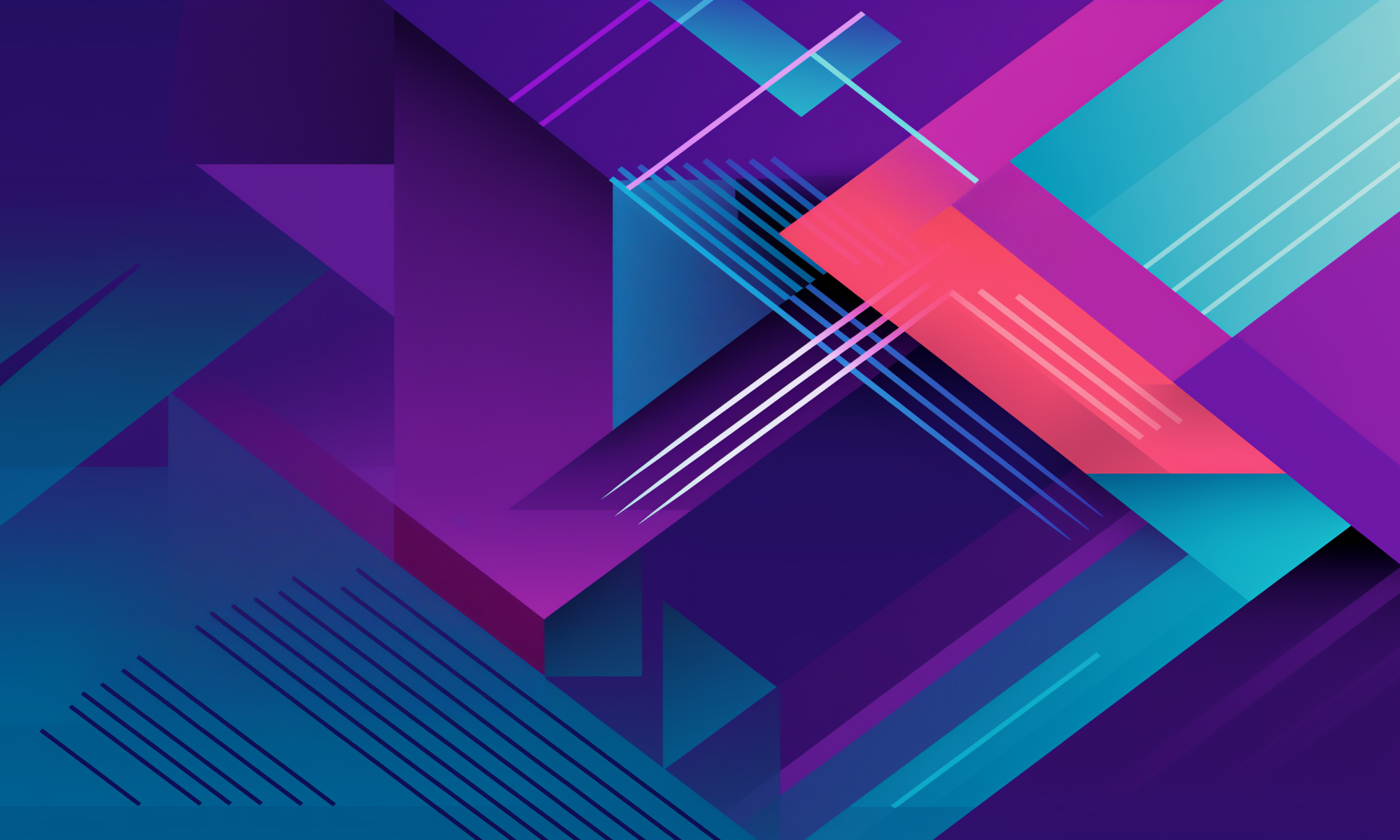What impact do Blockchain technologies have on media, arts and design? Which case studies already exist? And how will the future look like?
The Media Arts and Design | Blockchain conference on the weekend of 2 and 3 May 2020 dealt with these questions, among others.
Why was this new conference created?
Drexel University’s Department of Digital Media, supported by the Education Arcade @ MIT, the LIVE LAB @ Texas A&M, the Department for Arts and Cultural Sciences @ Donau-Universität Krems and the Conceptualising Blockchain group @ University of Vaasa has been organising a conference & anthology on the usage of Blockchain technologies in the fields of Media Arts and Design. The conference was hosted online (due to COVID-19) by the Westphal College of Media Arts and Design at Drexel University in Philadelphia on the weekend of May 2-3, 2020.
The reason for founding this event was a simple one: In the blockchain scene there are highly technical conferences on the one hand and on the other hand big advertising events (fairs called conferences). However, there are hardly any conferences where technology is applied to a specific topic, with the exception of business and finance.
The Media Arts and Design | Blockchain conference aims to close this gap and show how the technology can be used to (legally) secure, for example, real or digital objects, and also provide examples of how digital tokens themselves can become art objects. The | in the title clearly shows this separation. On the one hand we see the umbrella theme and on the other hand the link to the technology applied to it. In our case it’s Blockchain.
Even though some of the talks of course also showed the technical component of their projects, it was ultimately a conference primarily for non-technicians, which also helped to de-mystify the topic of blockchain a bit and take away fears about it.
The agenda of the conference:
In the first block the participating universities (already mentioned above) introduced themselves. Especially their art and culture areas were put into the spotlight. On the MIT side, Scot Osterweil introduced The MIT Education Arcade and the cms/w department.
In the second block Alexander Pfeiffer gave an introduction to blockchain technologies for non blockchain experts. This introduction was followed by two talks from invited guests. Lior Yaffe, one of the leading developers of the Ardor network and Joshua Ellul, director of the centre for distributed ledger technologies at the University of Malta and key person involved in the Maltese Blockchain strategy. The aim of this session was to provide the participants with a basic knowledge on the topic to be prepared for the following presentations.
After the introductions the next session of the conference, where the most outstanding submissions could present their topics, started. Four of these overall submissions were selected by the organising committee as featured talk (keynote) and were prominently featured.
Sunday’s grand finale was a special track hosted by the University of Vaasa from Finland.
The complete schedule of the conference can be found on the website of Drexel University.
The future of the conference:
The feedback from the approximately 100 participants and the panelists after the conference was very good. Therefore, it was decided to work on the 2021 edition, by the commitee, right after the end of the conference. For 2021 the conference will be hosted again by Drexel and planned as on-line conference. For 2022 we hope to be able to hold at least hybrid formats again, where it is possible to be present at the respective partner universities and where we find an immersive way to connect the conference locations.
The videos of the talks:
The conference has been recorded by the center for applied game studies at Donau-Universität Austria. Click here to see the full playlist on YouTube. Or just click on Ardor.Rocks, there every talk is marked with timestamps for easy navigation to the desired talk.

